Electrification is the trend right now in the motoring space as many brands bring in hybrids and even full electric vehicles into the country. But in the more attainable segments, there’s another battle going on that greatly benefits the consumers – advanced safety features.
Safety was mostly a passive thing for a lot of years. Things like airbags, Anti-lock Braking System (ABS), Electronic Brakeforce Distribution (EBD) and radar sensors (commonly called parking sensors) are only activated when they are needed – emergencies, accidents, and specific situations, which is why they are passive in nature. Later on there were more additions like Stability Control, Rear Camera, Hill Start Assist, Cruise Control, and Blind Spot Monitoring – things that you can turn off or on (depending if they’re on by default) which is why they’re ‘active’ in nature. Before long, brands probably realized ‘hey this could be a thing’.
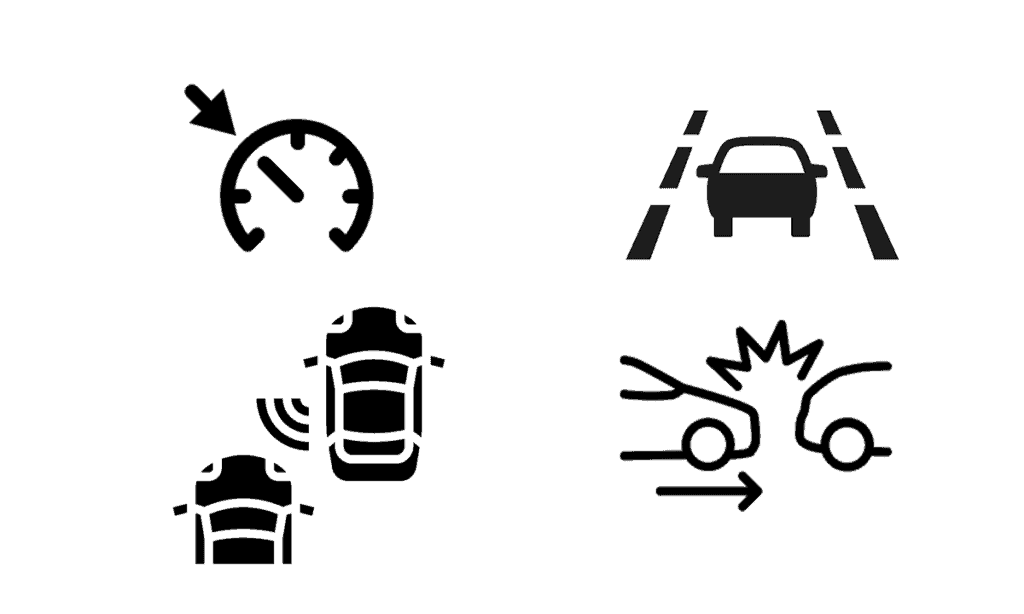
Rather than continue providing different groups of active safety features per car, they repackaged them into a suite and added more assistive features. Some brands use a more general ‘Advanced Driver Assist’ System or Technology like what Isuzu, GAC, and Ford do. But with Ford, it has a higher tier of features they call Ford Co-Pilot360. Others have a name for their suite too. Some of them are Honda Sensing, Hyundai SmartSense, Mazda i-Activsense, Nissan Intelligent Mobility, Subaru EyeSight, and Toyota Safety Sense. No matter the name, they always revolve on some key methods of assisting.
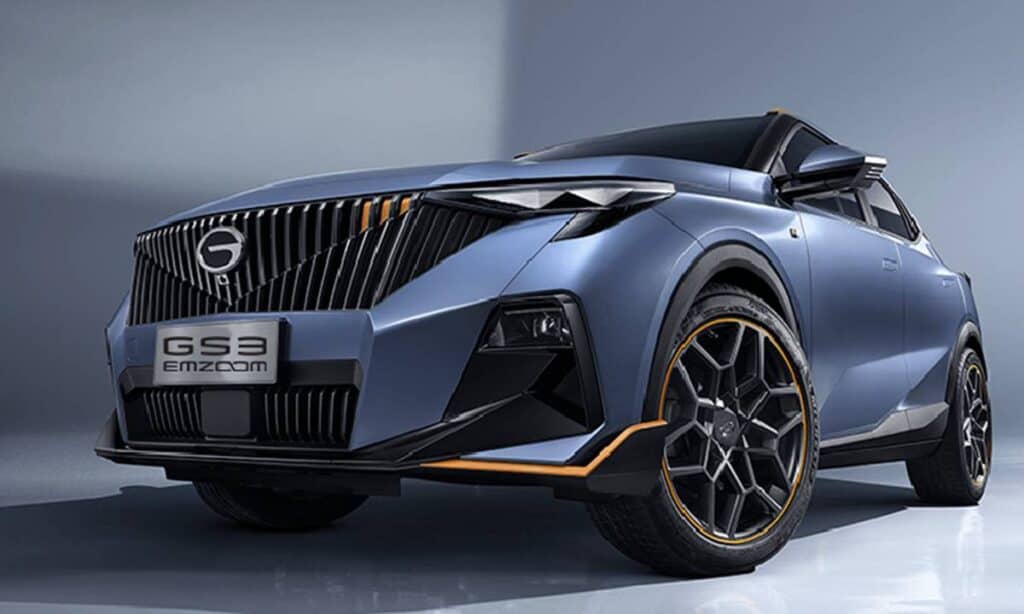
Cruise Control
What used to be a highway dream has become a reality. Cruise Control (CC) allows you to set a speed you prefer, allowing you to rest your foot and lessen its fatigue. It’s specially useful for long drives in the expressway. The first generation of cruise control only maintained speed. Nowadays, there’s Adaptive Cruise Control (ACC) that allows the car to automatically use the brakes if it catches up to a slower car. It will maintain that slower speed but once you shift to a vacant lane, it will accelerate and reach your initial set speed. Since it reads if there’s a car ahead of you, ACC also has a secondary feature that allows you to set the distance you want from the car in front.
Autonomous Emergency Braking
Not everyone can shift quickly between pedals during emergency situations. This is why the Autonomous Emergency Braking (AEB) feature is a great help in and out of the city. So far this is only applicable when moving forward and uses the car’s camera and sensor system to detect possible danger. If it does detect something and judges it to be a possible collision, it will automatically apply the brakes on full.
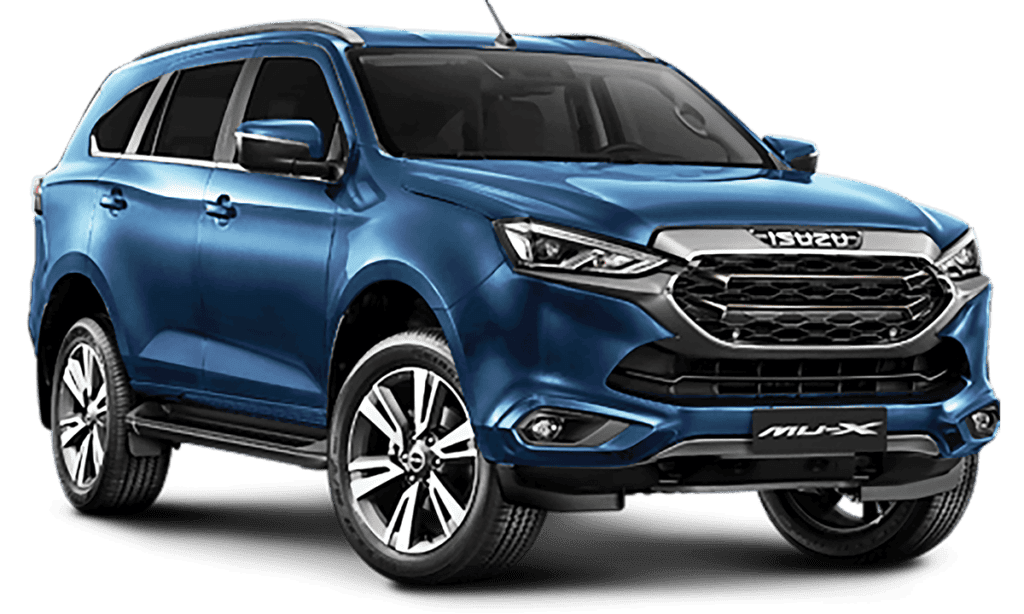
There are cars like the Isuzu mu-X that have a 2-level system for emergency braking. It has Forward Collision Warning (FCW) where it alerts the driver first of possible danger. If it detects that the driver isn’t stepping on the brakes or not applying enough force, that’s when the AEB will kick in.
Lane Keeping
Another highway assist is the Lane Keeping System (LKS). It’s usually accompanied with Lane Departure Warning to notify the driver first and let them correct themselves. If there’s no response, that’s when the LKS will act. It simply takes over the steering wheel and as the name implies, will steer you back to your lane. LKS is usually utilized on the highways since city streets are always filled with traffic or inconsistent road markings that it won’t have a proper reading, as per my personal experience with this.
Blind Spot Monitoring
This one is very useful inside the city. Blind Spot Monitoring (BSM) makes use of the sensors at the back and sometimes there’s additional at the rear corners of the car, to ‘see’ if there’s an object on your blind spot. There’s usually a small indicator at the corner of your side mirror that lights up in orange if there are objects in this area.
It has a sister feature called Rear Cross Traffic Alert (RCTA) that makes use of the same sensors. What makes RCTA different is that it reads the back while you were backing out of a parking slot and will alert you if there’s an oncoming vehicle. There’s also a new kind of monitoring related to doors where the car will alert you if there’s oncoming traffic once you unlock the door. It’s relatively new so there’s still no standard word for it but in the case of Ford in their next-generation Territory, they call it Door Opening Collision Warning System.
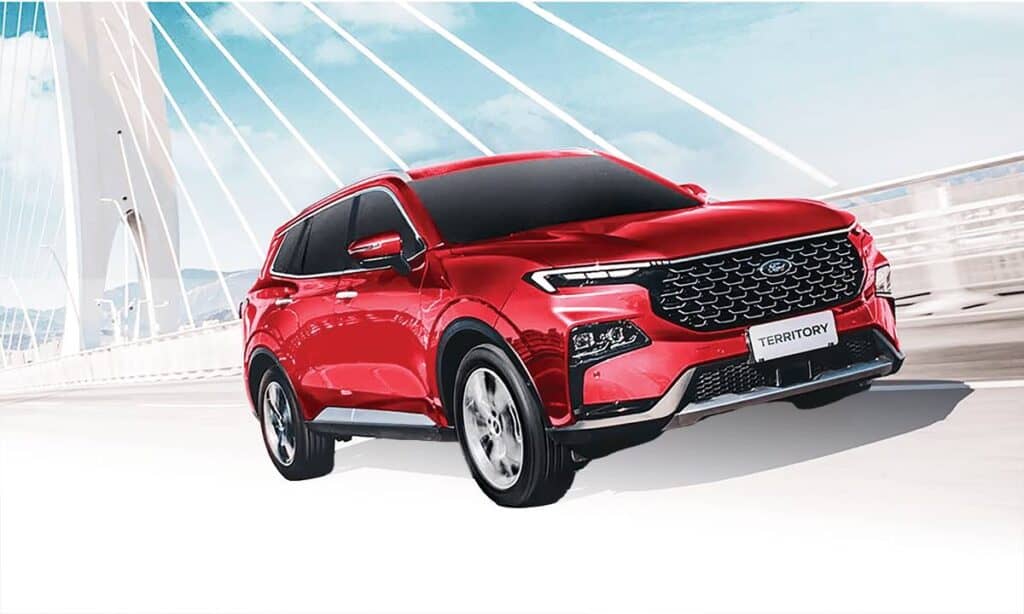
Camera System
While rear cameras are more common now, brands improved on it by having a 360-degree camera system allowing the driver to see the car’s surroundings in a panoramic manner. This is done by having cameras by the side mirrors and front grille, then digitally stitching them to make a 360-degree view displayed on the car’s touchscreen. There are different names for it like Nissan’s Around View Monitor, Toyota’s Panoramic View Monitor, and then there’s direct like Ford’s High Definition 360-Degree camera.
Lighting
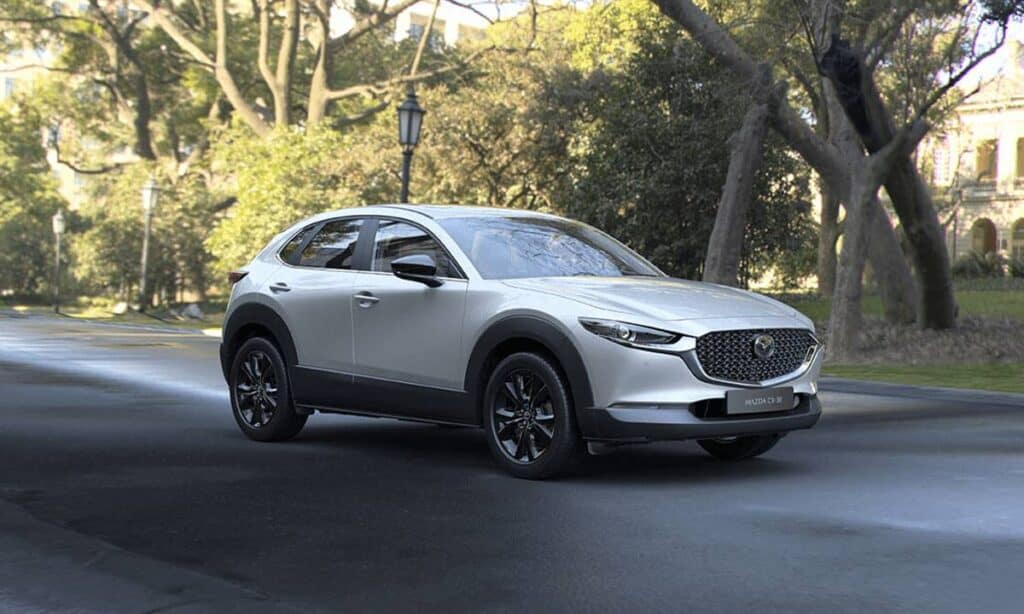
There’s also something more basic in advanced safety suites. Automatic High Beam (AHB) is usually present and does what its name implies. It makes use of the cameras in front to detect if there’s oncoming traffic or if you caught up with a vehicle in front so that it can switch to low beam again.
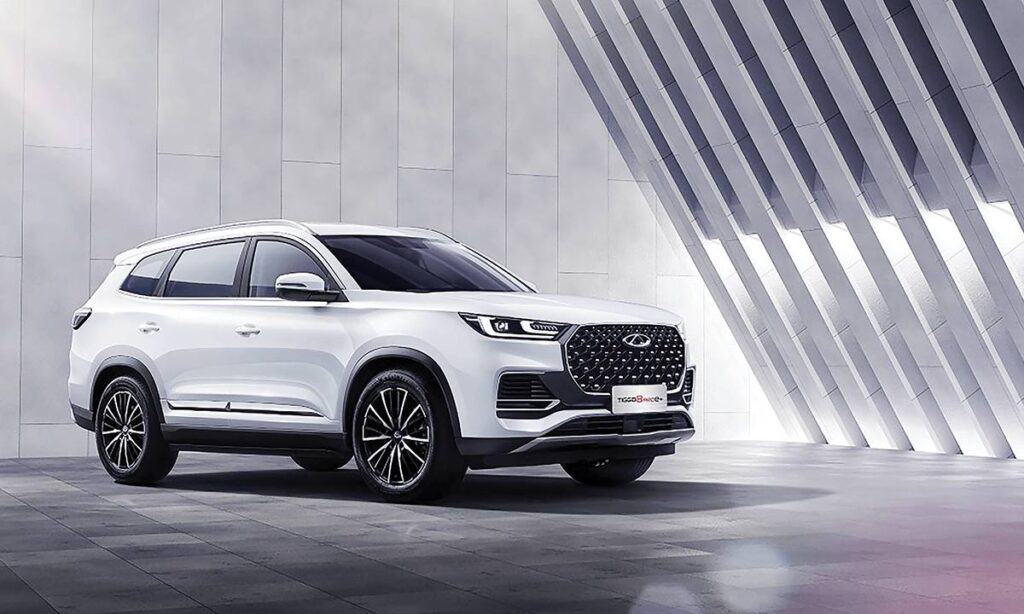
The new Honda City serves as the most attainable car with an advanced safety suite by having Honda Sensing available in all variants. There’s also the new Nissan Almera though it only has the full package for the top trim level. For MPVs, there’s the Honda BR-V and Hyundai Stargazer. In the SUV arena, you can find these in the Toyota Fortuner Q, LTD, and GR-S, as well as in the Nissan Terra, Ford Everest, and Isuzu mu-X. It’s also available in some pickup trucks like the Ford Ranger, Isuzu D-Max, and Toyota Hilux.
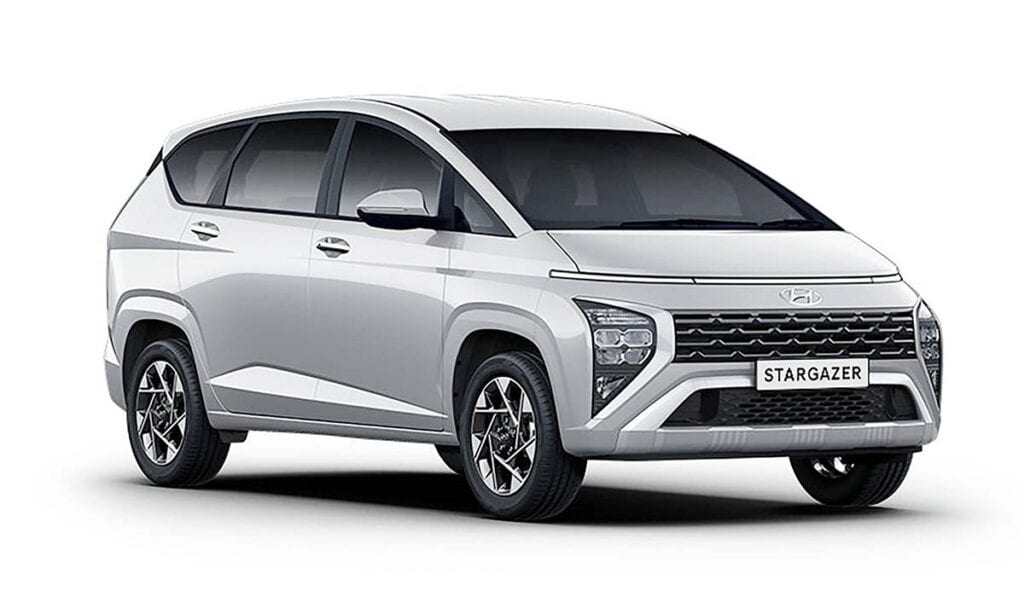
Choices become aplenty when looking into the crossover space. It’s available in the Honda HR-V, Honda CR-V, Toyota Yaris Cross, Ford Territory, Nissan Kicks, GAC Emkoo and GS3 Emzoom, Chevrolet Trax, Chery Tiggo 8 Pro, Mazda CX-30 – basically if the crossover is worth PHP 1.3M and up, there’s a high chance it has an advanced safety suite.

